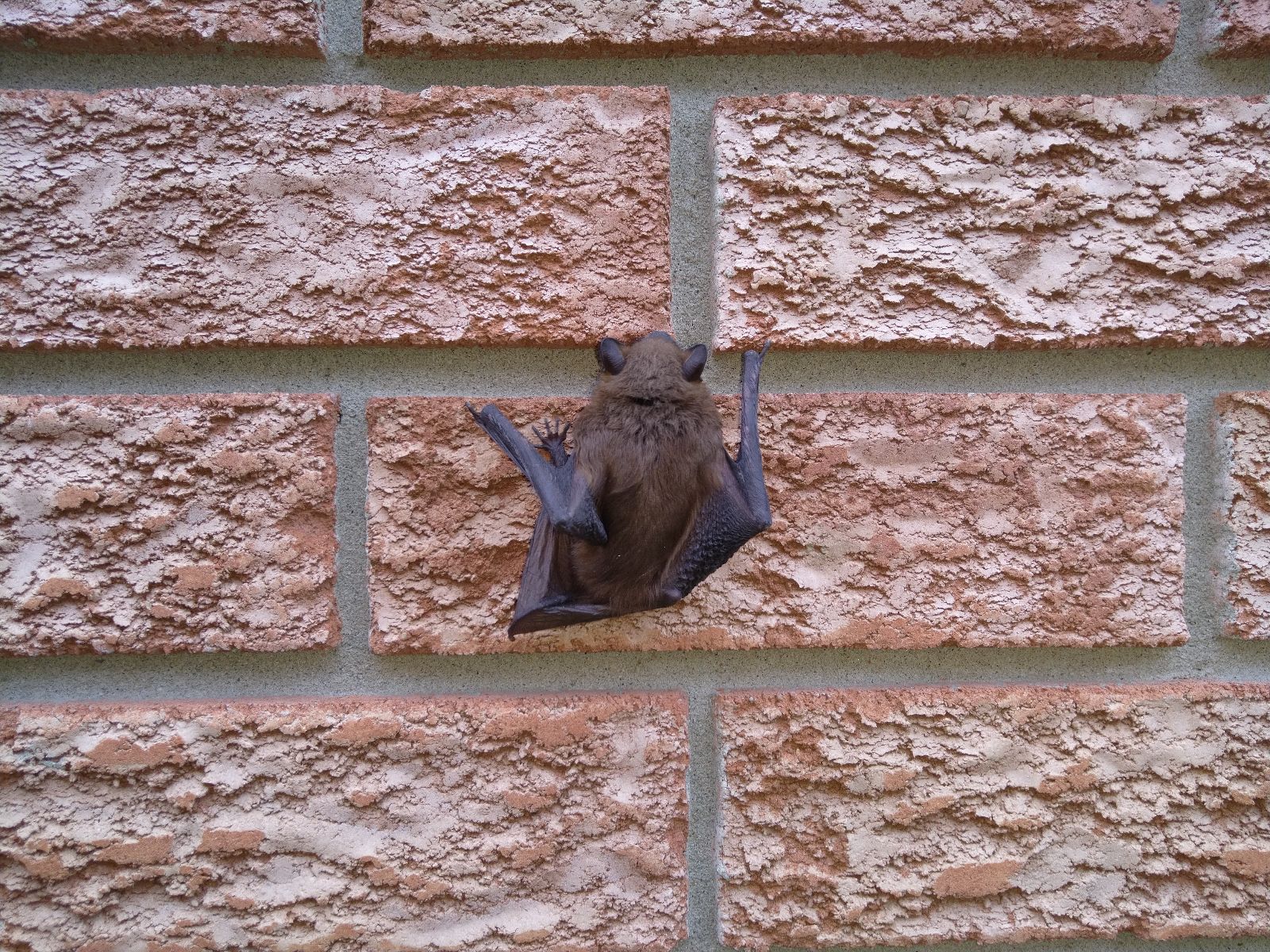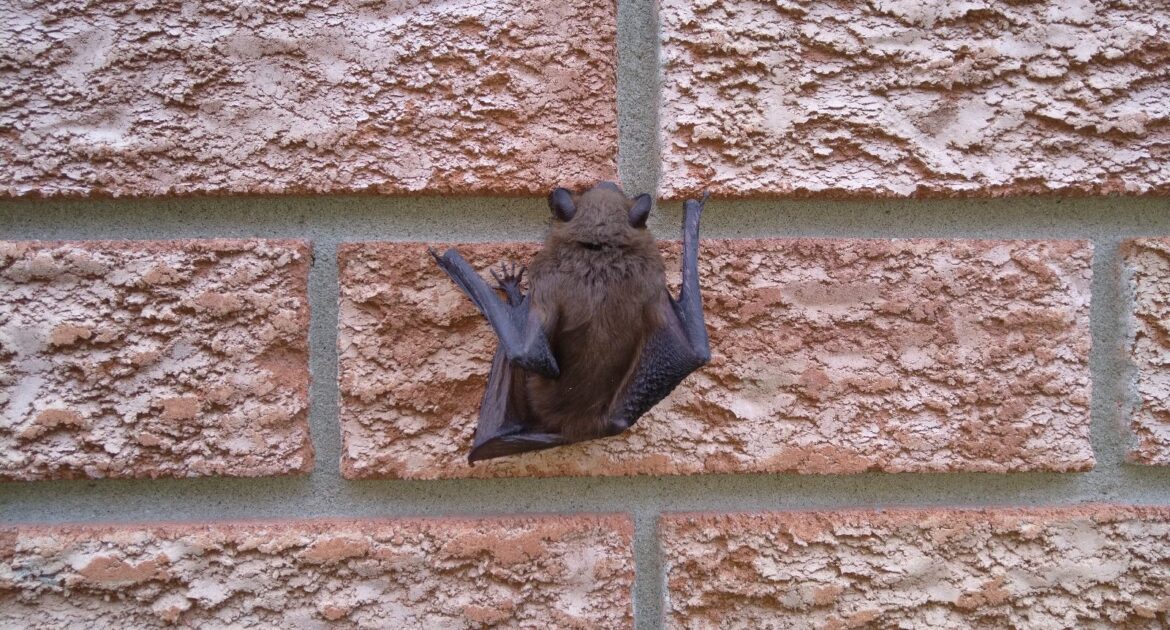Bats are fascinating creatures with unique behaviors that homeowners may find both intriguing and, at times, concerning. Understanding their seasonal movements and habits can help you coexist with them peacefully. Their seasonal habits are mostly driven by their need for food and roosting areas.
This blog aims to provide an in-depth look at these nocturnal animals and provide more information bout their habits. It will also offer practical advice on what to do if they take up residence in your home. With this knowledge, you’ll be better prepared to handle any bat-related issues. If you are dealing with bats in your home or business, contact our wildlife control in Brookhaven today!
A Brief Overview of Bat Behavior
Bats are nocturnal animals, meaning they are most active during the night. They play a crucial role in the ecosystem, controlling insect populations and pollinating plants. However, their nocturnal nature often brings them into close contact with humans, especially as they seek shelter in homes and buildings.
During the warmer months, bats are busy foraging for food. Insects make up the bulk of their diet. This is the time when you might notice them flying around your property, particularly near lights where insects gather. Understanding this behavior can help you make sense of their presence and reduce unnecessary worry.
In contrast, bats’ activity slows significantly during the colder months. Many species hibernate, seeking out warm, dark places to spend the winter. This is when they are most likely to enter homes, seeking attics or other quiet spaces to hibernate safely. Knowing this can help you identify potential entry points and take preventive measures.
The Importance of Seasonal Movements
Their seasonal movements are driven by their need for food and suitable roosting sites. During spring and summer, they are highly mobile, moving between various roosting sites as they follow insect populations. They often establish maternity colonies during this time, where females give birth and raise their young.
By understanding these seasonal movements, you can anticipate when they are likely to be more active around your home. This knowledge can guide you in making timely preparations to ensure they don’t take up residence in your attic or other parts of your home.
In the fall, they begin to prepare for hibernation. They seek out locations that offer stable temperatures and protection from predators. This is when they are most likely to enter homes, as attics and other secluded spaces provide the ideal conditions for hibernation. Taking action in late summer and early fall to seal potential entry points can prevent them from settling in for the winter.
How Bats Choose Their Roosting Sites
Bats are selective about their roosting sites, seeking out locations that offer safety, warmth, and proximity to food sources. Natural roosting sites include caves, tree hollows, and under bridges. However, as natural habitats become scarce, they increasingly turn to human-made structures for shelter.
Homes offer several appealing features for bats. Attics, chimneys, and wall voids provide the darkness and warmth they need. These areas are often undisturbed, making them ideal for raising young or hibernating. Understanding what attracts them to your home can help you take steps to make it less inviting.
One of the most effective ways to prevent bats from roosting in your home is to eliminate potential entry points. This involves inspecting your home for gaps, cracks, and openings that they could use to gain access. Sealing these entry points with appropriate materials can make a significant difference.
Understanding Bat Hibernation
Hibernation is a critical period for bats, helping them conserve energy during the colder months when food is scarce. During hibernation, a their metabolic rate drops significantly, allowing it to survive on stored fat reserves. This state of dormancy is essential for their survival but makes them vulnerable to disturbances.
When they hibernate in homes, they seek out quiet, undisturbed spaces. Attics, basements, and wall voids are common hibernation sites. Disturbing hibernating bats can have serious consequences, causing them to wake up and deplete their energy reserves prematurely. It’s important to handle any bat-related issues with care during this time.
If you suspect bats are hibernating in your home, it’s best to wait until they emerge in spring before taking action. Attempting to remove or exclude bats during hibernation can be harmful to them and may lead to more problems. Consulting with a wildlife control expert like Skedaddle ensures that the situation is handled humanely and effectively.
The Role of Bats in the Ecosystem
Bats play an invaluable role in the ecosystem, providing natural pest control and aiding in plant pollination. By consuming large quantities of insects, they help keep pest populations in check. This contributes to healthier crops and reduces the need for chemical pesticides.
In addition to pest control, they are important pollinators for many plants, including fruits and flowers. Their ability to travel long distances makes them effective at spreading pollen and seeds, supporting biodiversity. Understanding their positive impact can help you appreciate their presence and the need to protect them.
While bats can occasionally cause issues for homeowners, it’s essential to remember their ecological importance. Taking steps to coexist with them rather than eliminate them can benefit both the environment and your home. Simple measures like installing bat houses can provide alternative roosting sites and encourage bats to stay away from your living spaces.
Signs of a Bat Infestation
Identifying the signs of a bat infestation early can help you address the issue before it becomes a major problem. One of the most common signs is the presence of droppings, known as guano, near entry points or in your attic. Guano has a distinct odor and can accumulate quickly, indicating the presence of bats.
Another sign is the sound of scratching or squeaking in your walls or attic. Bats are nocturnal, so these sounds are typically heard at night. If you notice unusual noises coming from your walls or ceiling, it’s worth investigating further.
Seeing bats flying around your home, particularly at dusk or dawn, is another indicator of an infestation. Bats will often exit and re-enter their roosting sites during these times. Observing their flight patterns can help you identify entry and exit points.
Humane Bat Removal
When it comes to removing bats from your home, it’s crucial to approach the situation humanely. Bats are protected by law in many areas due to their ecological importance. Attempting to harm or kill bats can result in legal consequences and harm the environment.
The most effective and humane method of bat removal is exclusion. This involves sealing entry points while allowing bats to exit but not re-enter. It’s important to ensure all bats have left before sealing entry points permanently.
Professional wildlife control services, like those offered by Skedaddle, specialize in humane bat exclusion. Their expertise ensures that the removal process is conducted safely and effectively, with minimal stress to the bats. This approach not only resolves the issue but also protects the well-being of these important animals.
Why Choose Skedaddle for Wildlife Control in Brookhaven
Choosing the right wildlife control service is essential to effectively and humanely addressing bat-related issues. Skedaddle stands out as a leader in humane wildlife control, offering expertise and experience in handling bat exclusions.
Skedaddle’s approach focuses on exclusion rather than trapping or relocating bats. This method ensures that bats are safely removed without harm and prevents them from returning. Their team of professionals is trained to identify and seal entry points, providing a long-term solution to bat infestations.
Additionally, Skedaddle’s commitment to humane practices and customer satisfaction sets them apart. They understand the importance of protecting both your home and the wildlife. With Skedaddle, you can trust that your bat-related issues will be resolved with care and professionalism.
Take Action Today
Understanding the seasonal movements and habits of bats is essential for homeowners. By learning about their behavior, roosting preferences, and the importance of bats in the ecosystem, you can take informed steps to coexist with these fascinating animals. If you encounter bat-related issues, Skedaddle’s humane wildlife control services can provide the expertise and care needed to resolve the situation.
Don’t wait until bats have made themselves at home in your attic. Take action today to protect your home and support bat conservation. Contact Skedaddle for professional, humane bat exclusion services and ensure a bat-free home while contributing to the well-being of these essential creatures.




